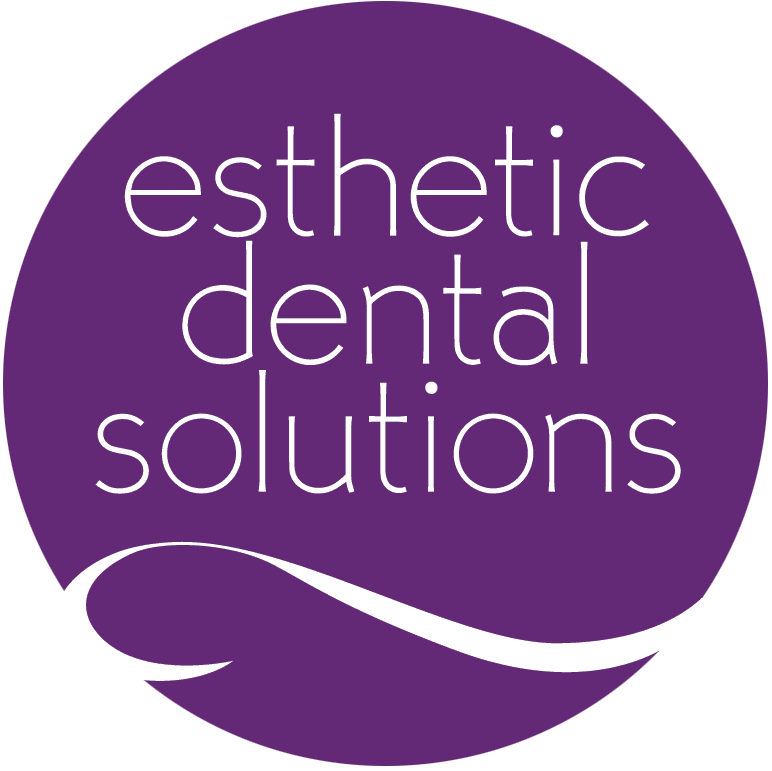If you often suffer from headaches, it’s crucial to consider the role of your temporomandibular joint (TMJ). The TMJ is a joint that connects your jaw to your skull. Issues with this joint can lead to various symptoms, including headaches. If you have tried ways to reduce your headaches, consider talking to your dentist.

What is TMJ?
The TMJ is the joint responsible for opening and closing your mouth. It connects your jawbone to your skull and allows you to perform everyday activities. TMJ disorders, also known as temporomandibular disorders (TMD), encompass a range of conditions that affect the proper functioning of this joint. Common symptoms of TMJ disorders include jaw pain, clicking or popping sounds, and headaches.
The Connection between TMJ and Headaches
TMJ disorders can contribute to headaches in several ways.
Muscle Tension: TMJ problems often lead to muscle tension and spasms in the jaw, neck, and surrounding muscles. This tension can also radiate to other areas, including the head, resulting in tension-type headaches.
Nerve Irritation: The TMJ is located near important nerves that innervate the head and face. When inflamed or misaligned, the joint can irritate these nerves, triggering headaches.
Clenching and Grinding: TMJ disorders can cause individuals to clench their jaws or grind their teeth, especially during sleep. This can lead to muscle strain and trigger headaches, particularly in the temples or forehead.
Treatment Options for Headaches
There are a variety of options to treat your headaches. Your first step is to consult your dentist. Together, you can find an option that works for you.
Lifestyle Changes: Making simple changes to your daily habits can help get rid of headaches from TMJ. For example, these may include avoiding hard or chewy foods or applying heat or cold packs to the affected area.
Dental Treatments: Your dentist may suggest dental treatments to address these headaches. These can include wearing a nightguard to prevent teeth grinding. You may also need orthodontic adjustments to correct misalignment. Finally, dental restorations may help to improve your bite.
Physical Therapy: TMJ-related headaches can often be alleviated through physical therapy. Techniques like jaw exercises, massage, and stretches can also help relax the muscles and reduce pain.
Medications: To seek temporary relief, you can try pain relievers. They can help reduce your pain. In some cases, your dentist may also prescribe muscle relaxants or anti-inflammatory medications to manage the pain and inflammation.
Stress Management: Since stress can worsen TMJ symptoms and headaches, stress management techniques can help TMJ-related headaches. For example, you can try relaxation exercises, meditation, and counseling.
When to Seek Help
If you have frequent or severe headaches, seeking professional help is crucial. Schedule an appointment with your dentist or healthcare provider who can assess your symptoms. They will also perform a thorough exam and provide a diagnosis. They may refer you to a specialist, such as a physical therapist, for further evaluation and treatment.
Don’t let headaches hold you back—take steps towards finding relief today.
